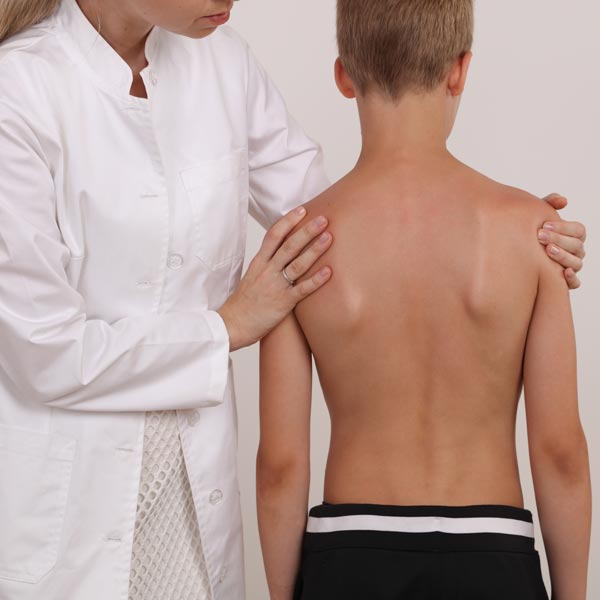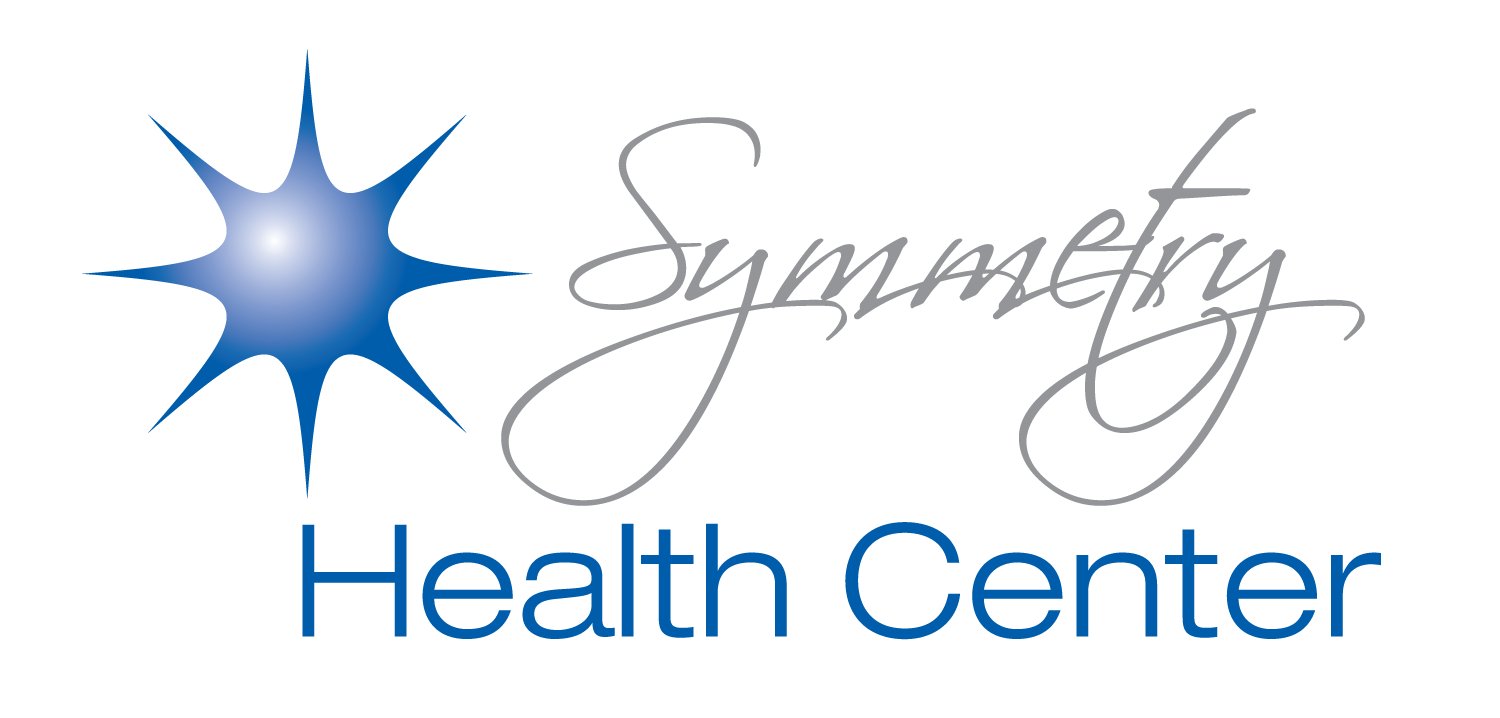Scoliosis Brace Types: Which is Best for Me?

If you have been diagnosed with scoliosis, your doctor may have discussed the option of getting fitted for a brace. There are several types of braces on the market that you can consider depending on your curvature, preferences, and needs. Today, we will dive into the potential benefits of wearing a brace for scoliosis and which scoliosis brace types might be right for you.
Why you might consider wearing a brace for scoliosis
Once your spine has an abnormal curvature, as it does with scoliosis, it is always at risk for getting worse over time. Posture, gravity, aging, and growth can all lead to an increase in the spine’s sideways curvature. As the curve progresses, this can lead to an increased risk of onset of common symptoms associated with scoliosis, such as pain, fatigue, and poor mental health. Bracing for scoliosis was designed to prevent or slow the progression of scoliosis with mild to moderate curvatures. Occasionally, with a more flexible or mild case of scoliosis a brace can even improve or minimize the curvature altogether (although rare and not expected).
A formal assessment is required to determine which type of bracing is appropriate for your spine. This typically involves an x-ray to look at and measure your spine’s unique curvature. Nowadays, there are also options for extensive 3D spine mapping to ensure that you have a properly fitting brace. Health professionals that can help you with this include orthopedic doctors and chiropractors that specialize in treating scoliosis.
The benefits of bracing
The biggest opposition to bracing involves cost, discomfort, effects on self-esteem and loss of core muscle strength with too much wear. Overall, there is mixed research in support of scoliosis bracing- a technique that has been recommended and used for hundreds of years. However, there are a lot of potential benefits to consider that most often outweigh the cons. These might include:
- Prevention of the spine curve progressing with growth and aging, known as adult degenerative scoliosis
- Keep the spine in a better aligned position with daily activities to reduce strain to the nerves, spinal cord, organs, and other surrounding tissues
- Reduced risk of onset of pain due to muscle soreness and faulty biomechanics
- Improved movement mechanics, allowing better participation in your daily routine without feeling restricted
- Muscle retraining to promote a better posture even when the brace is off (with dynamic bracing)
- Decreased stress and anxiety/ increased confidence secondary to better overall management of scoliosis and symptoms
How Does a Scoliosis Brace Work?
There are two primary types of braces that you can wear when managing scoliosis: dynamic or rigid. Within these two categories, there are a variety of methods and options. They each come with different long term goals and treatment protocols. Your doctor or chiropractor can help you determine which option is best for your needs.
Dynamic Braces
There are a variety of patented and specialized dynamic braces on the market. Regardless of which one is recommended, the ultimate goal is to retrain the muscles around the spine and core to hold an optimized posture. This helps holistically reduce the onset of pain and the progression of an individual’s curvature. Popular options include the Tether System, SpineCor and ScoliBrace. Dr. Cynthia Boyd and her team at Symmetry Health in Oakland and Alameda, CA are experts at managing scoliosis with the ScoliBrace and other adjunct holistic treatment options that can maximize your outcomes.
So how does the ScoliBrace work, and what can you expect when seeing your chiropractor for the first time at a clinic like Symmetry Health? First, they complete an in depth assessment and three-dimensional scan of the spine and body. Then, they get to work crafting an optimally fitting brace for your unique curves (adjusting as needed over time as well). For some, the biggest advantage of such a brace is the additional comfort it provides compared to rigid braces. Plus, it is typically easier to put on and take off correctly without the need for assistance. Specifically, the ScoliBrace is backed by extensive clinical trials and happy patients that are better managing their scoliosis and associated symptoms.
Rigid Braces
Rigid braces are the most common style of brace on the market that have been around for centuries. They are designed to be a “hard shell” that wraps around the entire midsection of the body to provide support and prevent progression of the current spine curvature. The two primary models on the markets these days are the Boston Brace and Wilmington Brace. Both braces offer extensive thoracic-lumbar-sacral (all the vertebrae of the mid-back and low back) support, also known as a TLSO brace. A Boston Brace comes prefabricated and then adjusted by a brace expert to provide personalized support and appropriate pressure to the spine, whereas a Wilmington Brace is custom fitted to each individual while lying down. Then appropriate counterpressure and support is applied to relevant areas of the spine. Most clinics that provide bracing will specialize in one option or the other, which might ultimately determine which one is recommended. Additionally, a more traditional and bulky style brace, known as the Milwaukee Brace, is sometimes still be used when cervical (neck) support is also needed.
Braces prescribed for nighttime wear are also generally rigid braces. Two of the most common models include the Charleston Bending Brace and Providence Brace. They are both custom fitted. They differ from daytime braces because they are specifically designed for lying down. Since the brace wearer will be lying down, extra counter forces can be applied that wouldn’t be tolerated with daily standing and sitting posture. Depending on the flexibility of the spine curve, sometimes this counter pressure can be strong enough to get the spine back to midline or even beyond while the brace is on.
Deciding on a Full time vs. Part time vs. Night time Brace
When getting fitted for a brace, one of the factors that will need to be addressed is how often you will be wearing the brace. Typically, full time brace wearing involves wearing it 16-23 hours per day. Full time braces are most often recommended for moderate (occasionally severe) curvatures of the spine of 35 degrees or more. Night time braces typically constitute 8-10 hours of wear while lying down, resting, and sleeping. This is a popular option for smaller curves under 35 degrees because of its higher compliance rates. Finally, anything that falls between these two brace dosages is considered part time wear, which is most common with a dynamic style of brace. Together, you and your doctor will decide which option will help you reach your goals and feel your best while also staying compliant.
Which is Best?
There is no absolute or right answer as to whether you need a brace and which type is best. Ultimately, it will come down to the size of the curvature, symptoms, cost, preferences, and what you determine with your doctor or chiropractor will be best. Cost reports vary significantly for scoliosis braces, typically anywhere from $5,000 to $10,000. However, this doesn’t include other common costs associated with scoliosis management related to brace fittings, rehab, and follow up visits. On the other hand, scoliosis surgery costs an average of $42,000 with recurring costs as well related to rehab, follow up visits, and managing side effects too. While it may be tempting to think that getting surgery once will reduce costs, unfortunately the majorly invasive nature of spine rods and vertebral fusion associated with surgery can lead to its own set of long term symptoms and complications. Thus, it’s always important to weigh the pros and cons of each option and choose what best fits your needs and comfort level to boost your overall quality of life.
The Bottom Line
If your scoliosis symptoms and your spine curvature can be managed well with conservative options while maintaining a high quality of life, this is always the better option. Overall, it comes with significantly fewer risks, side effects, and costs. Our recommendation to you is to schedule an initial consultation with our clinic, Symmetry Health, or another chiropractor that specializes in scoliosis in your area (if you aren’t in Alameda or Oakland). In addition to potentially getting you fitted for a ScoliBrace, we can employ other effective treatment options for managing your scoliosis that will maximize your outcomes. Treatment typically includes posture training, natural pain management, exercise training, massage, and adjustments.
If you are dealing with scoliosis, you don’t have to settle for a life that you don’t love or feel frustrated with. You can thrive in your life, scoliosis or not, with the right holistic management. We are here to help you with any of your scoliosis concerns. Get in touch with your office today to see how we can work toward your health goals to feel your absolute best.
See more:
